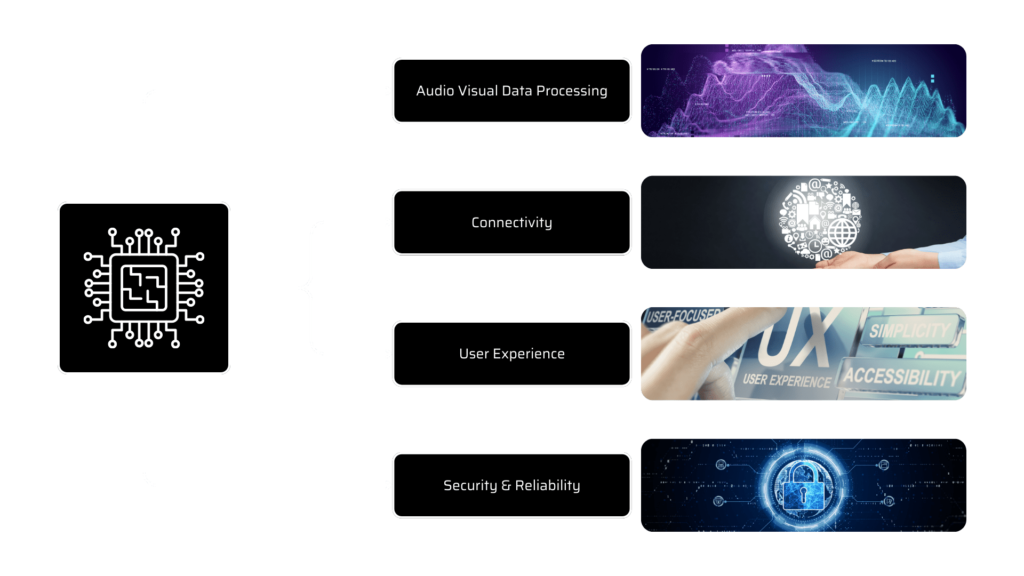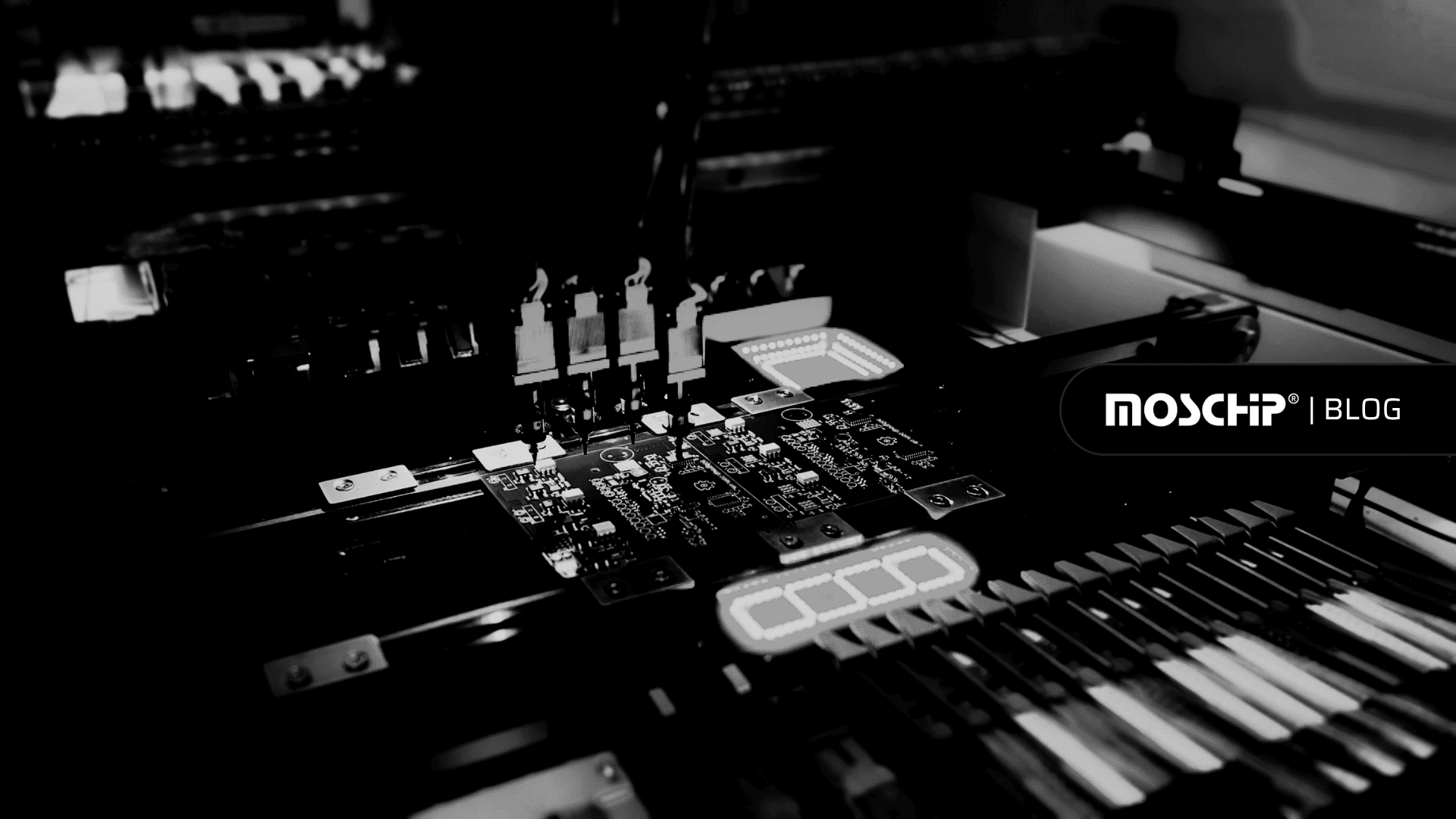Embedded System Design Revolutionizing Multimedia Experiences
The growing demand from consumers for high-quality audio and visual experiences is driving a rapid evolution of the multimedia industry. The advent of streaming media services, immersive gaming, smart gadgets, and augmented reality has raised elevated expectations for performance, responsiveness, and user experience. Today’s industry standards and specifications push the limits of technological capability for ultra-high-definition video, 3D audio, and seamless interaction. Advanced technologies capable of managing the real-time demands and intense processing of contemporary multimedia solutions are needed to meet these standards. Embedded systems have become a significant player in multimedia experiences by offering the efficiency and processing power required to support these innovative features. Multimedia solutions, which are made up of both software and hardware components, are responsible for conducting the functioning, guaranteeing optimal power and performance.
According to Global Market Insights, the Embedded Systems market size was valued at USD 110.3 Billion in 2023 and is projected to grow at a CAGR of over 5% between 2024 to 2032, reaching USD 190 Billion.
Embedded Systems act as the bridge between user’s commands and the hardware carried by them. In multimedia, embedded systems enhance the quality of audiovisual data with the integration of multiple compact hardware components on a single chip, reducing the overall size of devices. Embedded systems also assist in managing huge data processing by extracting data and minimizing the quantity of data that must be transferred or retained using intelligent algorithms.

Audiovisual Data Processing
Embedded systems enhance audiovisual data by efficiently processing, compressing, and transmitting audio and video content. Embedded systems utilize specialized hardware like GPUs to improve processor speed and reduction of latency for real-time encoding and decoding, ensuring smooth playback and synchronization. Embedded systems with high-end processors effectively handle high-resolution formats (4K, 8K, HDR), multichannel audio solutions, and smart interactive features (Online quizzes, surveys, polls).
Dedicated processors like VPUs and DSPs manage computationally intensive tasks like video decoding and image processing for video solutions, freeing up the main CPU. Software libraries and frameworks provide optimized functions of multimedia solutions, reducing processing time with unique power-efficient designs that prioritize the tasks.
Connectivity
User Experience
Security and Reliability
Multimedia applications require a high level of security, particularly when it comes to data integrity and transfer. Embedded systems incorporate strong encryption techniques to prevent unauthorized access and hacking of multimedia content. Embedded systems also employ secure boot processes and runtime integrity checks to safeguard against malware and tampering. It utilizes error detection methods to ensure the reliability and integrity of multimedia content.
To conclude, advancement in Embedded Systems design will lead the multimedia technology and aesthetic advancement with efficient devices having compact designs with low energy consumption. Embedded systems will also drive innovations in AR/VR, video streaming, and content security. As technology advances, embedded platforms will undoubtedly lead to an even more immersive, secure, and personalized multimedia experience.
Author
-
Darshil is a Marketing professional at MosChip creating impactful techno-commercial writeups and conducting extensive market research to promote businesses on various platforms. He has been a passionate marketer for more than four years and is constantly looking for new endeavors to take on. When He’s not working, Darshil can be found reading and playing guitar.






![[Press Release] MosChip® Launches MosChip DigitalSky GenAIoT™ to Accelerate the Development of Next-Gen Connected, Intelligent Products](https://moschip.com/wp-content/uploads/2025/03/MosChip-DigitalSky-GenAIoT-Press-Release-Banner-768x432.png)
